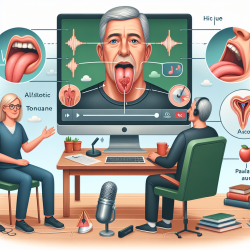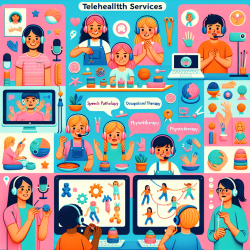Introduction
Headache disorders, particularly migraines, are a significant global health concern, affecting millions of individuals worldwide. Despite their prevalence, many patients, especially in Low and Middle-Income Countries (LMICs), struggle to receive adequate care. A recent study titled "Advocacy for patients with headache disorders" highlights the critical need for advocacy to improve patient outcomes. This blog explores the study's findings and offers actionable insights for practitioners looking to enhance their skills and contribute to better healthcare outcomes for patients with headache disorders.
The Global Burden of Headache Disorders
Headache disorders are among the leading causes of disability globally, with migraines ranking second overall and first among young women. The study reveals that approximately 15% of adults aged 15-64 suffer from migraines, with 80% experiencing significant disability. Despite these staggering numbers, many patients do not receive proper diagnosis or treatment, particularly in LMICs where healthcare resources are limited.
Challenges in LMICs
In LMICs, the challenges are more pronounced due to a lack of public awareness, stigma, and inadequate healthcare systems. The study identifies that less than one-third of severely affected patients receive a diagnosis, and only a small fraction overcome barriers to optimal care. These barriers include limited access to medical consultation, accurate diagnosis, and appropriate treatment.
The Role of Advocacy
Advocacy plays a crucial role in addressing these challenges by:
- Educating and empowering patients to seek care and manage their conditions effectively.
- Driving public awareness to reduce stigma and promote understanding of headache disorders.
- Mandating headache education in medical curricula to ensure healthcare providers are well-equipped to diagnose and treat these conditions.
- Increasing access to care and treatment through policy support and improved healthcare systems.
- Promoting research to inform policy decisions and resource allocation.
Implementing Advocacy Efforts
Practitioners can play a pivotal role in advocacy by engaging in the following activities:
- Participating in educational programs and workshops to stay informed about the latest research and treatment options.
- Collaborating with patient advocacy organizations to raise awareness and reduce stigma.
- Encouraging patients to keep headache diaries and recognize triggers, empowering them to manage their condition better.
- Supporting research initiatives that focus on understanding the unique challenges faced by patients in LMICs.
Conclusion
Advocacy for headache disorders is essential to improving patient outcomes, particularly in LMICs where resources are limited. By educating and empowering patients, driving public awareness, and promoting research, practitioners can contribute to a more equitable healthcare system. To further explore the research and its implications, I encourage you to read the original study, Advocacy for patients with headache disorders.










